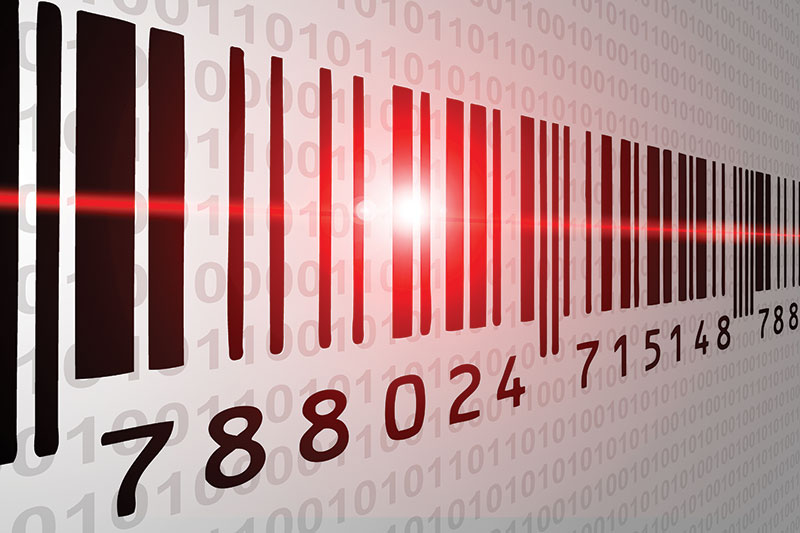Sorry, but your login has failed. Please recheck your login information and resubmit. If your subscription has expired, renew here.
November 2021
This is the last regular issue of Supply Chain Management Review for 2021. Normally this time of year, I look forward to what’s in front of us. That’s turned out to be a fool’s errand over the last year and a half. So, instead, I looked back to see what I wrote this time last year. My column was titled “COVID hasn’t stopped supply chain progress.” Browse this issue archive.Need Help? Contact customer service 847-559-7581 More options
As toilet paper, hand sanitizer and chicken parts began to fly off the grocery store shelves in March of 2020, it became increasingly clear to many consumer-packaged goods companies that any semblance of normal and predictable consumer behavior would cease to exist for the time being. As consumer demand continued to shift, shortages and stockouts soared. For other industries, inventory stockpiled, became obsolete and had to be discarded. This sudden change in demand during the pandemic begged the question, when would consumer behavior return to normal and whether it did or did not, would companies pick up on the changes quick enough in the short term?
Unlock the value of demand sensing
Without question, demand planning and forecasting was one of the early losses of COVID. Those processes are dicey under the best of circumstances, and the last 20 months have been anything but the best of circumstances. While some supply chain leaders have been using demand sensing technology for a number of years, the pandemic has pushed many others into seeing the value in extending demand sensing within their traditional demand planning organization. This is especially true for CPG firms, but not limited to that vertical.
Given this uptick, and especially for firms utilizing systems applications and products in data processing (SAP) Integrated Business Planning (IBP) software, it will be extremely important for these companies to understand the most critical considerations for a successful implementation of demand sensing.
In this article, we outline six critical success factors (CSF) that are key to a successful implementation of demand sensing technology, in our experience. Our research for this article, and our experience as consultants, is primarily with implementations of SAP Integrated Business Planning (IBP) demand sensing solutions, and with CPG organizations. For that reason, we focus on SAP technology and CPG companies; however, we believe our findings are valid for firms in industries other than CPG, and those using planning and demand sensing technologies from other solution providers.

This complete article is available to subscribers only.
Log in now for full access or start your PLUS+ subscription for instant access.
SC
MR
Sorry, but your login has failed. Please recheck your login information and resubmit. If your subscription has expired, renew here.
November 2021
This is the last regular issue of Supply Chain Management Review for 2021. Normally this time of year, I look forward to what’s in front of us. That’s turned out to be a fool’s errand over the last year and a… Browse this issue archive. Access your online digital edition. Download a PDF file of the November 2021 issue.As toilet paper, hand sanitizer and chicken parts began to fly off the grocery store shelves in March of 2020, it became increasingly clear to many consumer-packaged goods companies that any semblance of normal and predictable consumer behavior would cease to exist for the time being. As consumer demand continued to shift, shortages and stockouts soared. For other industries, inventory stockpiled, became obsolete and had to be discarded. This sudden change in demand during the pandemic begged the question, when would consumer behavior return to normal and whether it did or did not, would companies pick up on the changes quick enough in the short term?
Unlock the value of demand sensing
Without question, demand planning and forecasting was one of the early losses of COVID. Those processes are dicey under the best of circumstances, and the last 20 months have been anything but the best of circumstances. While some supply chain leaders have been using demand sensing technology for a number of years, the pandemic has pushed many others into seeing the value in extending demand sensing within their traditional demand planning organization. This is especially true for CPG firms, but not limited to that vertical.
Given this uptick, and especially for firms utilizing systems applications and products in data processing (SAP) Integrated Business Planning (IBP) software, it will be extremely important for these companies to understand the most critical considerations for a successful implementation of demand sensing.
In this article, we outline six critical success factors (CSF) that are key to a successful implementation of demand sensing technology, in our experience. Our research for this article, and our experience as consultants, is primarily with implementations of SAP Integrated Business Planning (IBP) demand sensing solutions, and with CPG organizations. For that reason, we focus on SAP technology and CPG companies; however, we believe our findings are valid for firms in industries other than CPG, and those using planning and demand sensing technologies from other solution providers.
SC
MR


Latest Supply Chain News
Latest Podcast

 Explore
Explore
Business Management News
- Challenges to ESG reporting
- With capacity to spare, logistics real estate demand remains subdued
- How to improve demand forecasts for new product families
- Services sector sees growth in October, reports ISM
- Balanced supply chain management Part 4: The key—leading beyond the silo
- Managing inbound freight: What has changed in two decades?
- More Business Management
Latest Business Management Resources

Subscribe

Supply Chain Management Review delivers the best industry content.

Editors’ Picks





